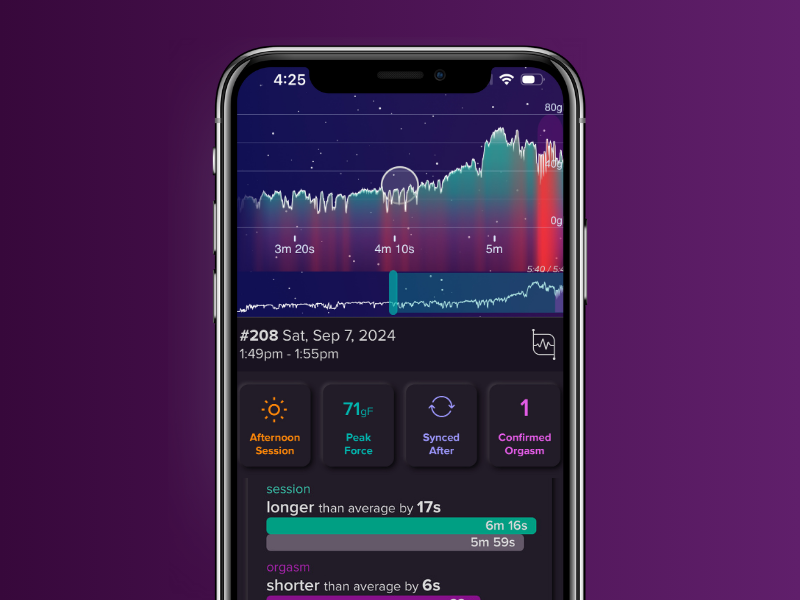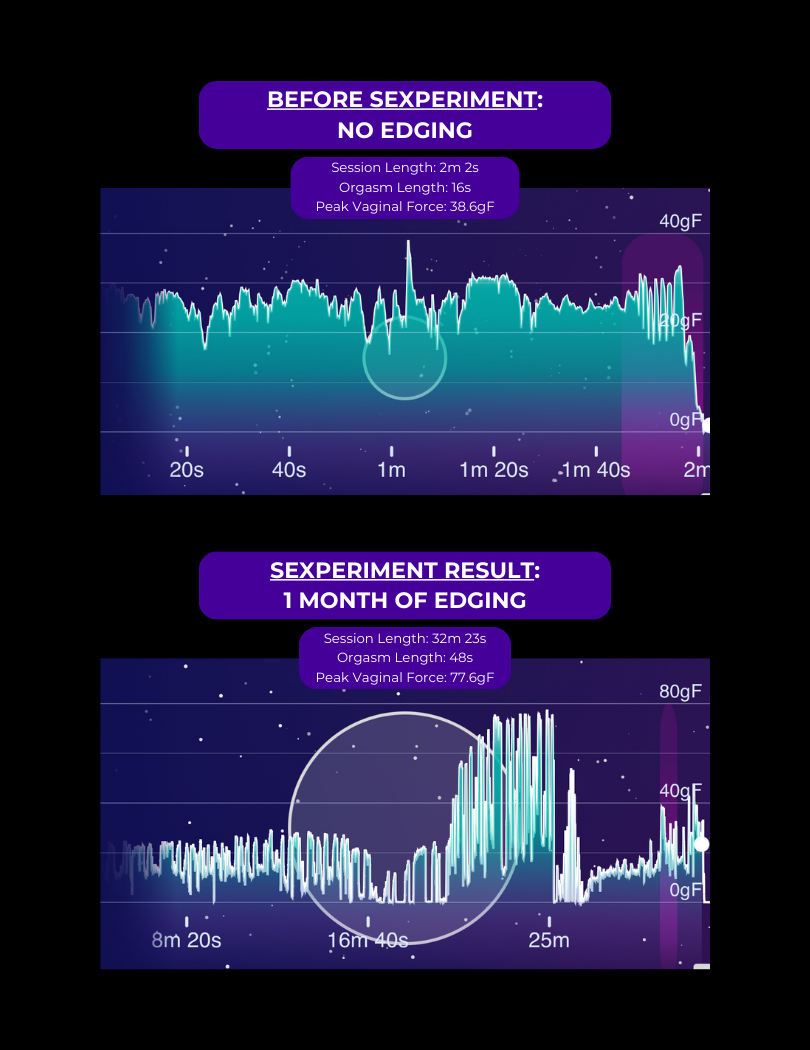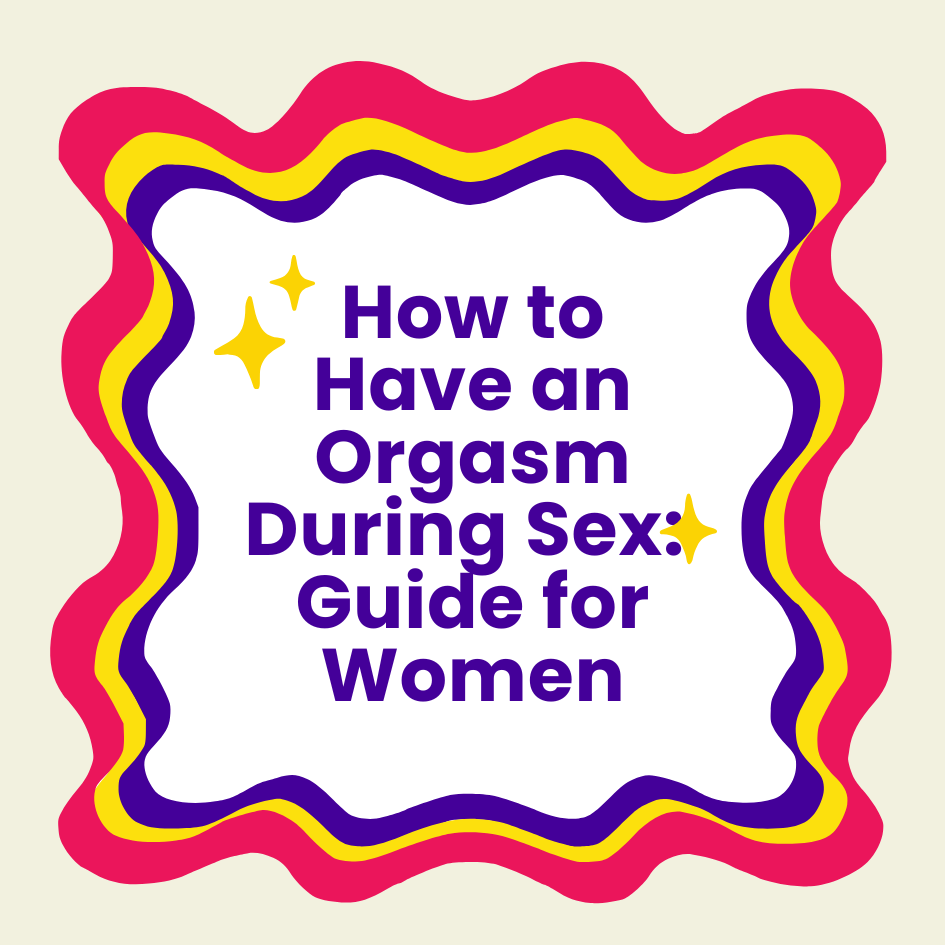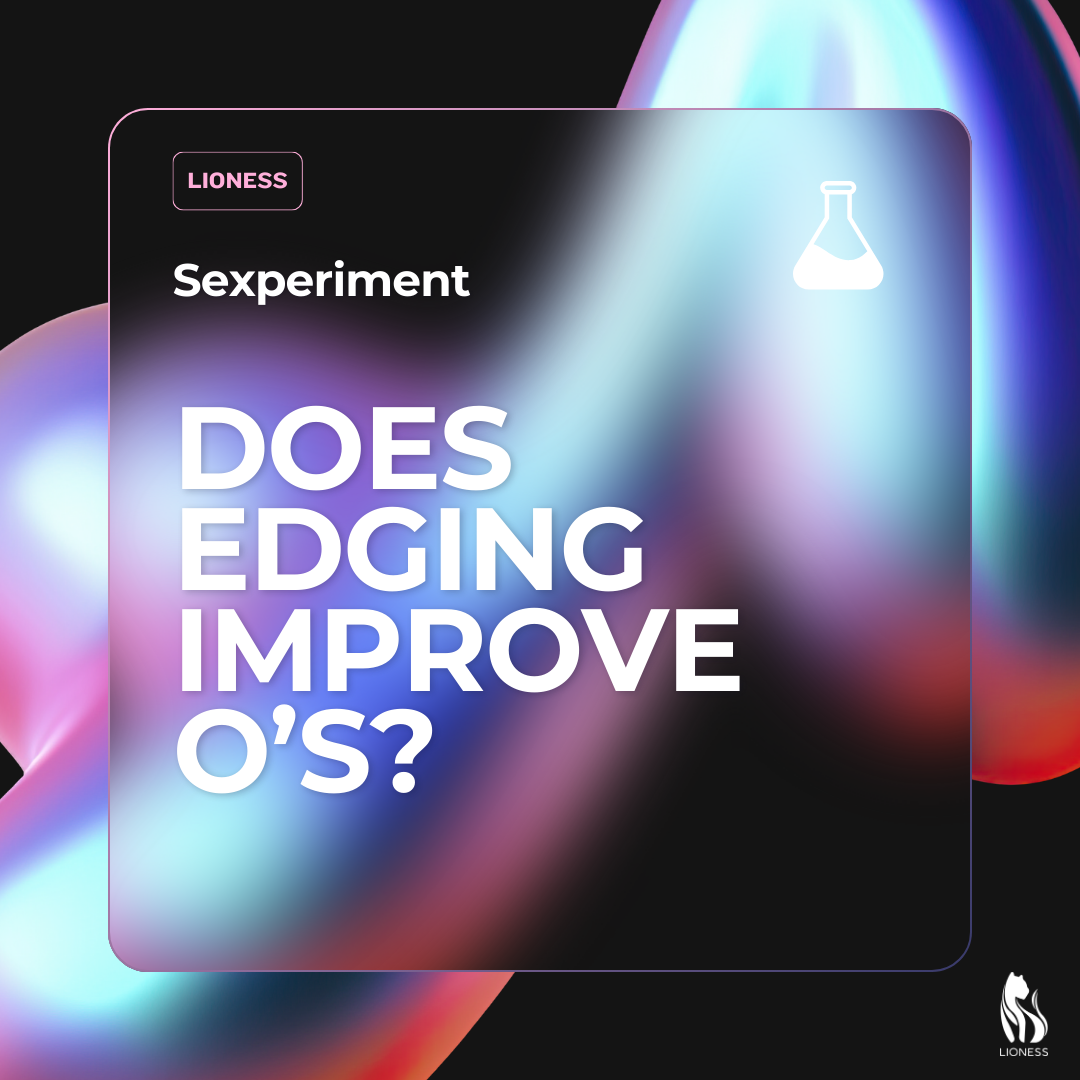I recently received a message that broke my heart. A 26-year-old woman had just experienced her first time being touched by a partner and felt absolutely nothing during 42 minutes of oral and manual stimulation. She was convinced her vibrator had permanently "broken" her sensitivity.
If you're reading this with a similar concern, let me start with the most important thing: you are not broken, and vibrators do not permanently damage your sensitivity.
The Truth About Vibrator "Desensitization"

The idea that vibrators permanently reduce sensitivity is largely a myth rooted in outdated thinking about female sexuality. Your clitoris contains over 10,000 nerve fibers — the highest density of any organ in the human body — and its only function is pleasure. These nerve endings are remarkably resilient.
What many people experience isn't permanent damage but rather temporary adaptation. According to professional sexologist Jill McDevitt, PhD, "dead vagina syndrome" is a nonmedical, fear-mongering term invented by people who don't really understand vulvar anatomy. There is no empirical evidence that vibrator use causes lasting desensitization.
Think of it like your eyes adjusting to bright light. At first, everything is overwhelming. Then your eyes adapt. When you go back inside, it feels dim until your eyes readjust again. Your clitoris works the same way.
Surveys show that about 16.5% of women report temporary numbness after vibrator use, but it’s usually mild and resolves quickly with different kinds of stimulation (Herbenick et al., 2009).
💡This is where tools like the Lioness vibrator can help — you can literally see your body’s arousal and orgasm response patterns, helping you confirm what’s adaptation versus what’s just in your head.
What the Research Actually Says
Despite myths, the research consensus is clear: vibrators do not cause permanent nerve damage or long-term sensitivity loss.
-
A nationally representative U.S. survey found that numbness, pain, or irritation rarely lasted more than a day after vibrator use (Herbenick et al., 2009).
-
Other large studies found positive associations between vibrator use and sexual satisfaction during partnered sex (Davis et al., 1996;Herbenick et al., 2010).
-
Vibrators are regularly used in sex therapy protocols to help women with orgasmic difficulties (Pereira et al., 2013)..
-
Studies from the 1970s onward found vibrators helped women reach orgasm without creating dependence or blocking partnered orgasm (Riley & Riley, 1978).
-
A 2024 pilot study confirmed that vibrator use improved sexual function, reduced pelvic pain, and even boosted mental health in women aged 19-80 (PubMed, 2024).

Why Partner Touch Feels Different
Partner touch activates different neural pathways than self-stimulation. Using fMRI, researchers found that self-touch actually deactivates certain areas (insula, anterior cingulate cortex), while partner touch activates brain regions linked to social processing and emotional connection.
So if you’ve relied on one type of stimulation (say, high-intensity vibration), your brain and body may take time to adjust to a very different input, like a partner’s fingers or mouth. That doesn’t mean your clitoris is broken, it means your nervous system is recalibrating.
The Real Factors Behind Reduced Sensitivity
Based on research and thousands of conversations with women, reduced sensitivity usually stems from a mix of factors:
-
Stimulation pattern adaptation – always using the same setting or spot makes other sensations feel weaker by comparison.
-
Psychological factors – stress, anxiety, or over-focusing on orgasm can suppress arousal.
-
Hormonal changes – birth control, menopause, or other shifts can reduce natural lubrication and sensitivity.
-
Relationship dynamics – emotional safety and connection matter as much as technique.
How to Restore and Reset Sensitivity
Step 1: Take a Short Break (2–3 weeks)
-
Pause high-intensity vibration.
-
Explore other types of pleasure (massage, fantasy, erotica).
-
Practice mindfulness to reduce performance anxiety.
Step 2: Reintroduce Gradually
-
Start with the lowest settings.
-
Use indirect touch or toys.
-
Focus on different areas of the vulva, not just the clitoral head.
Step 3: Diversify Your Stimulation
-
Switch between direct and indirect stimulation.
-
Incorporate temperature play, lubes, or new positions.
-
Try blended stimulation (clitoris + vagina, clitoris + anal).

🔬Many Lioness users use this stage to experiment: running sessions with vibration on, vibration off, or at different settings — then checking their data to see exactly what’s working.
When to Seek Professional Help
If sensitivity doesn’t return after several weeks of consistent retraining, or if you experience pain, numbness, or major anxiety, it’s important to reach out to a healthcare professional or sex therapist. Conditions like depression, medication side effects, or pelvic floor dysfunction can all affect sexual response.
FAQ
How long does it take to reset clitoral sensitivity?
Most people notice changes in 1–2 weeks, with full reset in 3–6 weeks.
Can vibrators permanently damage sensitivity?
No. Research shows no evidence of lasting damage. Temporary numbness may happen with strong vibrators, but it fades quickly.
Why does partner touch feel so different?
Because your brain processes self-touch and other-touch through different neural pathways.
Should I avoid all vibrators during reset?
Not necessarily. Use lower intensities and vary stimulation. Tools like Lioness can help track sensitivity recovery.
What if sensitivity doesn’t return after several weeks?
If sensitivity hasn’t improved after 6–8 weeks, consult a healthcare professional. They can help rule out medical, hormonal, or psychological factors.
Rediscovering Pleasure With Lioness

Many of our users come to Lioness during times of frustration — when they feel their sensitivity has changed, when their bodies don’t respond the way they used to, or when they’re unsure what actually works for them anymore.
The beauty of the Lioness vibratoris that it’s more than just a vibrator — it’s also a measurement device. You can even turn the vibration off completely and use it purely as a sensor to track arousal and orgasm responses. This means you can:
-
See in real time what kinds of touch and intensity are most effective.
-
Track when sensitivity starts returning during your reset journey.
-
Experiment with new techniques and compare results with data, not guesswork.
-
Share insights with a partner (or even a clinician) if you’re navigating challenges together.
Lioness helps transform what feels like a setback into an opportunity for discovery. By combining science, technology, and pleasure, it gives you a clear path to understanding your body — and a way back to confidence and joy in your sexuality.
Ready to find your pleasure again? Explore Lioness here →
Research References
-
Herbenick, D., et al. (2009). Prevalence and characteristics of vibrator use by women in the United States.Journal of Sexual Medicine, 6(7), 1857–1866. DOI
-
Davis, C. M., et al. (1996). Characteristics of Vibrator Use Among Women. Journal of Sex Research, 33(4), 313–320. DOI
-
Herbenick, D., et al. (2010). Women’s Vibrator Use in Sexual Partnerships. Journal of Sex & Marital Therapy, 36(1), 49–65. DOI
-
Pereira, V., et al. (2013). Sex therapy for female sexual dysfunction. Int Arch Med, 6(1), 37. DOI
-
Riley, A. J., & Riley, E. J. (1978). Directed masturbation for primary orgasmic failure in women. British Journal of Psychiatry, 133(11), 404–409. DOI
-
PubMed (2024). Pilot study: vibrator use improves sexual function, reduces pelvic pain, and boosts mental health. Link
-
Neuroscience of self- vs other-touch (2016). Cerebral Cortex. DOI



